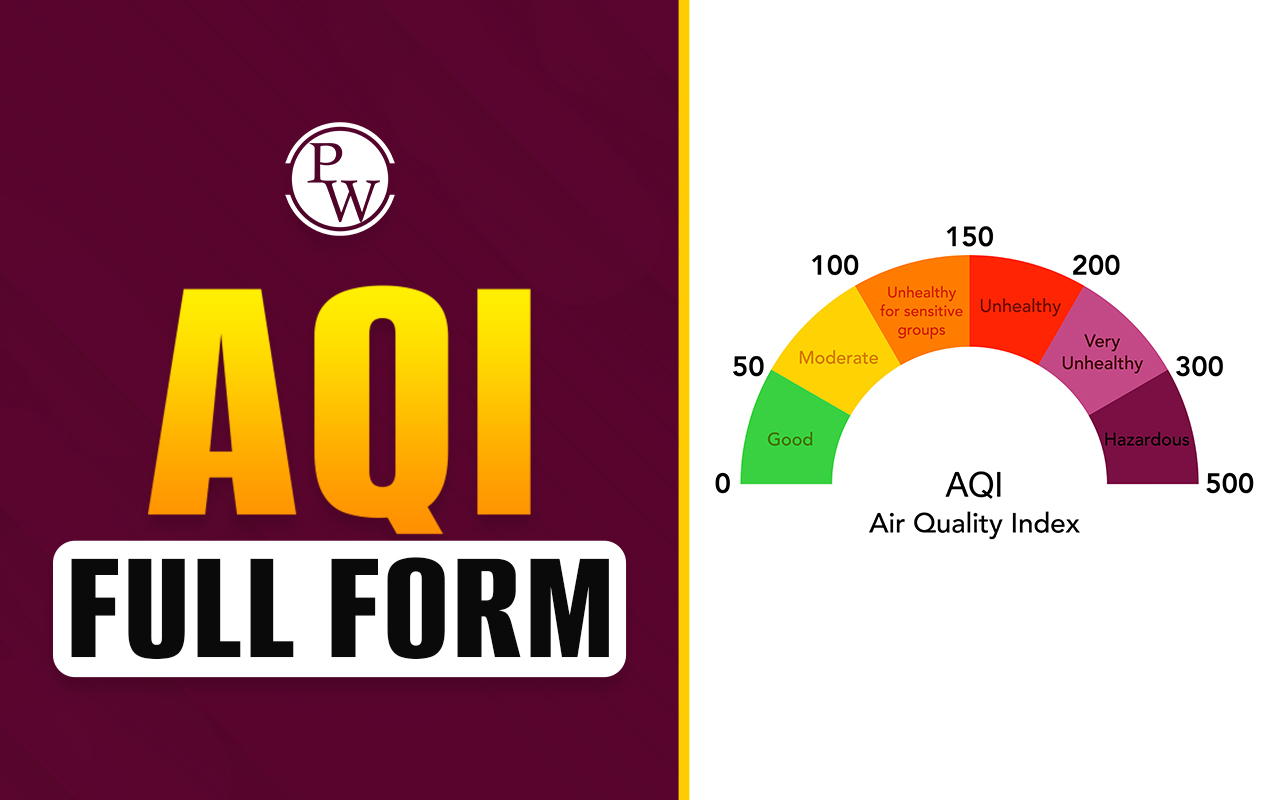

The full form of SI in physics is a French term Système International. SI is the International System of Units, a modern metric system used as a standard for measurement around the globe. Any measured asset has a fundamental unit that combines some of the seven base units.
However, SI units are based on prefixes, decimals, and a power of 10, which can be expressed as standard multiples or as fractional quantities. It plays an important role in scientific and technological research and development.
What are SI Units?
It is important to have a standard unit system to understand measurements in one set of unit systems. Therefore, the SI unit is an international system of measurement used in technical and scientific research. It helps to avoid confusion with units universally.
The following table has the base SI units:
| Sl. No. | Name of the Quantity | SI Unit | SI Unit Symbol |
| 1. | Length (l) | Meter | m |
| 2. | Mass (M) | Kilogram | kg |
| 3. | Time (T) | Second | s |
| 4. | Electric current (I) | Ampere | A |
| 5. | Thermodynamic temperature (Θ) | Kelvin | K |
| 6. | Amount of substance (N) | Mole | mol |
| 7. | Luminous intensity (J) | Candela | cd |
History of SI Units
In the 19th and 20th centuries, with rapid advances in science and technology, scientists improvised to meet the practical disciplines of their fields, which resulted in the development of multiple overlapping systems of units. The first international system for this situation was known as the meter-kilogram-second (MKS) system.
In 1948, the CGPM added three new units, among others i.e. a unit of force (Newton), a unit of energy (joule), and a unit of power (watt). However, these three units are named after eminent scientists.
The 1960 International system was built on the MKS system. It has seven basic units from which the other 22 units are derived. After that, kilogram, ampere, mole, and kelvin were redefined by CGPM in terms of fundamental physical constants on May 20, 2019.
Types of SI Units
There are many SI units used in physics that can be classified into two groups, i.e. base units and derived units.
SI Base Units
SI base units are the fundamental units that are the building blocks of the unit system. However, all units other than 7 base units are derived from the SI base units. For example, the kilogram is the SI unit of mass and is often confused with grams.
The following are seven SI base units with symbols:
- Meter (m): The SI unit of length is the meter and is defined as the distance travelled by light in a vacuum.
- Kilogram (kg): The SI unit of mass is the kilogram and is defined by a fixed value of Planck's constant.
- Second (s): The SI unit of time is the second and is defined by a fixed value of the caesium frequency.
- Ampere (A): The SI unit of electric current is the ampere and is defined by a fixed value of the elementary charge.
- Kelvin (K): The SI unit of thermodynamic temperature is the kelvin and is defined by taking a fixed value of the Boltzmann constant k.
- Mole (mol): The SI unit of the amount of substance is the mole and is defined by a fixed value of the Avogadro constant NA.
- Candela (cd): The SI unit of luminous intensity is the candela and is defined by a fixed value of luminous efficacy.
SI Derived Units
There is no fixed number of derived units because they are created by various operations in base units. Derived units are expressed in terms of the dimensions of the base units. Also, it can be expressed by combining base and derived units.
The following table consists of some widely used derived units.
| Unit(s) Name | SI Unit | SI Unit Symbol | Expressed in SI Base Unit | Expressed in other SI units |
| Force, Weight | Newton | N | kg⋅m⋅s-2 | – |
| Frequency | Hertz | Hz | s-1 | – |
| Electric charge | Coulomb | C | s⋅A | – |
| Electric potential (Voltage) | Volt | V | kg.m2.s-3.A-1 | W/A |
| Inductance | Henry | H | kg.m2.s-2.A-2 | Wb/A |
| Capacitance | Farad | F | kg−1.m−2.s4.A2 | C/V |
| Resistance, Impedance, Reactance | Ohm | Ω | kg.m2.s−3.A−2 | V/A |
| Electrical conductance | Siemens | S | kg−1.m−2.s3.A2 | Ω−1 |
| Magnetic flux | Weber | Wb | kg.m2.s−2.A−1 | V⋅s |
| Magnetic flux density | Tesla | T | kg.s−2.A−1 | Wb/m2 |
| Energy, Work, Heat | Joule | J | kg.m2.s−2 | N⋅m = Pa⋅m3 |
| Power, Radiant flux | Watt | W | kg.m2.s−3 | J/s |
| Angle | Radian | rad | m.m−1 | – |
| Radioactivity | Becquerel | Bq | s-1 | – |
| Luminous flux | Lumen | lm | cd | -- |
[wp-faq-schema title=" Full Form of SI Unit FAQs" accordion=1]
When were SI units built?
Is Newton an SI unit?
How do you write SI units?
Who defines SI units?












